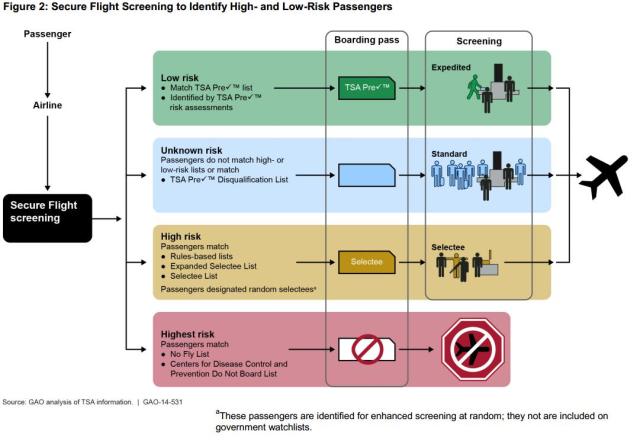GAO’s Homeland Security and Justice Team
- Border Security and Immigration
- One report assessed enrollment in and effectiveness of U.S. Customs and Border Protection’s trusted travelers programs.
- Campaigns and Elections
- Critical Infrastructure
- A testimony looked at how the Department of Homeland Security partners with industry to protect critical infrastructure.
- Department of Homeland Security and Department of Justice Management
- Emergency Preparedness and Response
- For example, this report examined the Federal Emergency Management Agency’s efforts to implement provisions of the Post-Katrina Emergency Management Reform Act of 2006.
- Homeland Security Information Sharing
- This report assessed the Department of Homeland Security’s efforts to analyze and share information on terrorist threats.
- Judiciary
- One testimony addressed how the Judicial Conference measures judicial workloads and uses this information to decide whether additional judgeships are needed.
- Justice and Law Enforcement
- This report looked at the Bureau of Alcohol, Tobacco, Firearms and Explosives’ investigations of individuals who improperly purchased firearms because their background checks did not initially indicate ineligibility.
- Transportation Security
- A recently issued testimony determined whether the Transportation Security Administration had implemented our previous recommendations on the Screening Partnership Program.
- the No Fly List, composed of individuals who should be precluded from boarding an aircraft, and;
- the Selectee List, composed of individuals who should receive enhanced screening at the airport security checkpoint.

Excerpted from GAO-14-531
We found that TSA lacks key information about how well Secure Flight is achieving its goals, such as how often the system misses passengers on the watchlists. TSA also has not kept accessible, accurate information on the number or causes of the system’s matching errors. TSA airport screening personnel have also made errors in implementing Secure Flight determinations at the checkpoint. We recommended that TSA develop documentation mechanisms and other processes to address the Secure Flight program’s performance issues.- Questions on the content of this post? Contact George Scott at scottg@gao.gov.
- Comments on GAO’s WatchBlog? Contact blog@gao.gov.

GAO's mission is to provide Congress with fact-based, nonpartisan information that can help improve federal government performance and ensure accountability for the benefit of the American people. GAO launched its WatchBlog in January, 2014, as part of its continuing effort to reach its audiences—Congress and the American people—where they are currently looking for information.
The blog format allows GAO to provide a little more context about its work than it can offer on its other social media platforms. Posts will tie GAO work to current events and the news; show how GAO’s work is affecting agencies or legislation; highlight reports, testimonies, and issue areas where GAO does work; and provide information about GAO itself, among other things.
Please send any feedback on GAO's WatchBlog to blog@gao.gov.
